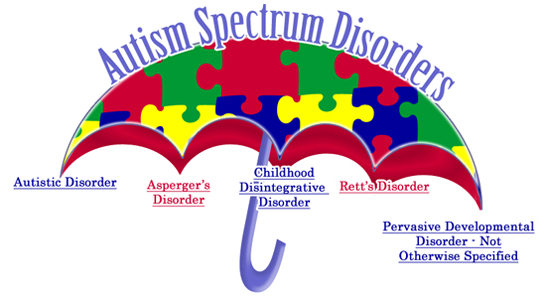
A newly published paper outlines two methods for reversing autism-like symptoms in a novel mouse model of the condition.
A newly published paper describes two ways of reversing autism-like symptoms in a new mouse model of the condition.
The scientists published their findings in the journal Nature. Autism spectrum disorder (ASD) can affect up to 1 in 110 people and although a few drugs have shown promise in mouse models, none of them have been able to treat the core social deficits common in human ASD patients.
Nahum Sonenberg, from McGill University in Montreal, and his team created a new model of mouse autism and then were able to reverse its symptoms. They started by genetically engineering mice so that they lacked the gene Eif4ebp2. The 4E-BP2 protein that this produces suppresses the translation of certain RNA messengers. This allows the proteins produced by these mRNAs to be synthesized at above normal levels, after Eif4ebp2 has been neutralized.
Mice lacking this gene exhibit autism-like symptoms, including poor social interaction, altered communication, and repetitive behaviors. Sonenberg and his colleagues found that the neuroligins (NLGNs), a group of proteins, proliferates in the absence of the gene. NLGNs sit in the membrane of neurons and help to create the synapses between nerve cells, as well as maintaining them.
The overproduction of NLGNs results in synapses that are prone to overstimulation, establishing a hyperconnectivity that many scientists think underlies the symptoms of ASD.
While runaway protein synthesis has been implicated in ASD before, its end effects on synaptic proteins have been somewhat obtuse. This new study helps to provide a direct link between translation and NLGNs.
The scientists also show that the effects of deleting Eif4ebp2 can be reversed. Since 4E-BP2 blocks translation by disrupting the protein complex that initiates the process, the team tested whether a small-molecule drug that binds to one of the protein components of the translation-initiation complex, preventing complex assembly, would counteract the gene deletion.
This reversed synaptic hyperconnectivity and the mice no longer showed any autism-like symptoms that they had exhibited previously. The team went on to directly suppress the translation of NLGN proteins using short interfering RNAs and discovered that this also prevented the development of hyperconnectivity and autism-like symptoms. “Even though autism is a neurodevelopmental disease, we were able to correct autism-associated behaviours in adult mice,” says Christos Gkogkas, a member of Sonenberg’s team at McGill.
Sonenberg cautions against interpreting these results as a sign that an ASD treatment is coming soon. The scientists identified potential therapeutic targets and demonstrated that a drug therapy is possible in principle, but the drug used in these experiments would be too toxic to use for ASDs.
Reference: “Autism-related deficits via dysregulated eIF4E-dependent translational control” by Christos G. Gkogkas, Arkady Khoutorsky, Israeli Ran, Emmanouil Rampakakis, Tatiana Nevarko, Daniel B. Weatherill, Cristina Vasuta, Stephanie Yee, Morgan Truitt, Paul Dallaire, François Major, Paul Lasko, Davide Ruggero, Karim Nader, Jean-Claude Lacaille and Nahum Sonenberg, 21 November 2012, Nature.
DOI: 10.1038/nature11628

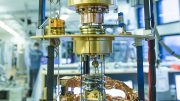

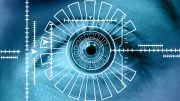
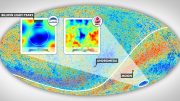

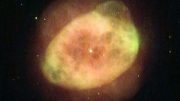
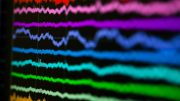
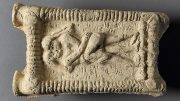
Be the first to comment on "Scientists Reverse Autism Symptoms in Mice"